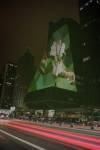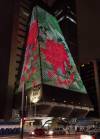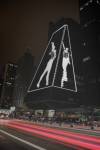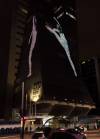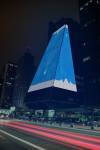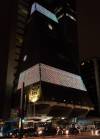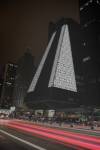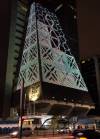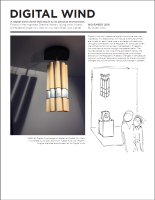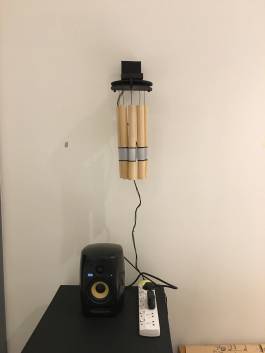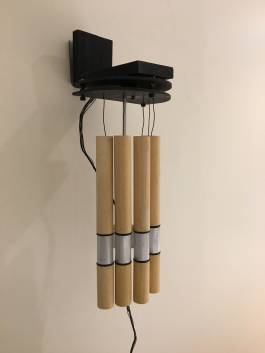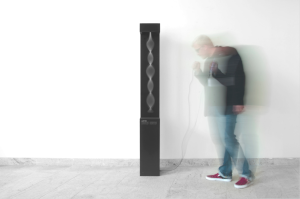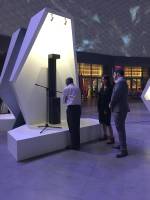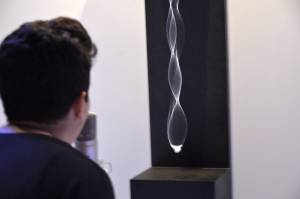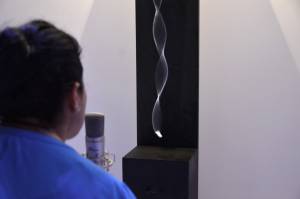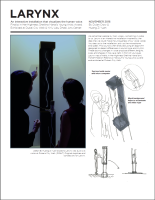Table of Contents
Animations for FILE Media Arts Festival
June – September 2017
Evolving Roots by Ekin Basaran
“Evolving Roots” refers to the production of coffee seeds in Brazil as a cultural reference. On one hand it emphasizes the significance of coffee production in Brazil, as the world’s largest producer of coffee for the last 150 years and Sao Paulo as the 3rd largest producer state in Brazil. On the other hand it captures this natural form in a digital imagery. By creating such contrast, Basaran aims to reflect the dynamism between the nature and technology in today’s world. And raises the debate on how human stays connected to their environment, how nature itself is still conserved in the face of the speedy change towards mechanical interfaces and mediums.
Mudança de Dança by Harshini J. Karunaratne
As the expression of the body through dance is an important element to Brazilian culture, this design centers on the importance of not losing the freedom to move one’s body. The building encloses the dancer who must be able to move within the confines of the structure, which serves to hold the dancer captive as well as open up the possibilities of how minute movements have a profound effect on the body. Previously filmed footage is mapped to the façade and shows the dancer from three different perspectives performing simple movements within a narrative. The objective of the design is to remind the passerby not to fall into the confines of the everyday work life and to reignite the body.
Droplet by Alia Alharmi
Through working with digital media and animated frameworks, Alia Alharmi urges the reconsideration of human conceptions of time and space. She hopes to convey the uncontrollable progression of time by showing a single droplet of water that continuously falls and rises – always reappearing into the water below, or above. The artist invites the audience to ponder the origins of this water cycle: When did it begin? How long will it run for? Will it ever end? Like grains of sand in an hourglass, the droplet represents the tangible, incremental passing of time.
Window by Nahil Ali Memon
At a visual level, the concept involves geometric patterns growing on the building. On its right face, patterns mimicking the mashrabiya style of windows in ancient Arabian and South Asian architecture are depicted. On its left face, they resemble Cobogó bricks used in Brazilian architecture. The patterns start from the bottom corners and slowly consume all the space available. Eventually, they meet each other and a conflict of space ensues. This conflict results in a new pattern that combines elements of both of the original patterns on the middle face. At a metaphorical level, the concept represents the clash of cultures during exploration and growth and the need for the self to learn to tolerate the other.
Digital Wind – A digital wind chime that reacts to its physical environment
Dylan Crow, NYU Shanghai, 11-2016
Finalist in Her Highness Sheikha Manal’s Young Artist Award.
Exhibited at Dubai City Walk & NYU Abu Dhabi Arts Center.
Digital Wind is an interactive digital wind chime that was inspired by my relationship with nature. When the chimes are turned on, each metal core is powered with electricity through a connection with a Raspberry Pi computer. When the chimes come into contact, the Raspberry Pi detects this, and plays a sound through the speaker below. The sounds played by the wind chime are determined by the environmental conditions surrounding the wind chimes. Sensors on the Raspberry Pi detect changes in temperature, pollution, and even barometric pressure. As the environment changes around the chimes, the sounds change in tandem.
Larynx – An interactive installation that visualizes the human voice
Jennifer Huang Ziyuan and Dylan Crow, NYU Shanghai, 11-2016
We remember someone by his or her voice - something invisible to us. Larynx was inspired by the idea that we could make our unique voices visible. Someone steps up to the installation, picks up the microphone and speaks. This sound is then analyzed using an algorithm designed to detect differences in sound, tone, and rhythm. These distinct changes in voice produce different lengths, sizes, and shapes in the wave. This wave is created using a rope and a high powered motor.
- Human input: Someone steps up to the installation, picks up the microphone, and speaks.
- Active sound analysis: The digital sound input is analyzed by a computer algorithm that detects sublte differences in sound, tone, and rhythm.
- Wave production: The resultive values are used to control.

